Aluminium (Al) METAL, 95.95% (or higher) purity industrial grade
CAS Number: 7429-90-5
Product Number: Al_96-Ingot,Al_96-Rods, Al_96-Coils, Al_96-Panels
Product Purity: 95.95% (trace metal basis) industrial grade purity
Available Shapes: Ingot, Rods, Coils, Panels
Properties
Element: Al
Atomic Weight: 26.98
Form: ingots are available upon request
Melting point: 660.3 deg. C
Boiling point: 2,470 deg. C
Density:2.7 g/cm3
Resistivity:26.5 nano-Ohm-m , 20 deg. C
Product |
Mass of Aluminium |
Silicon (Si) |
Iron (Fe) |
Copper (Cu) |
Magnesium (Mg) |
Chrome (Cr) |
Zinc (Zn) |
Titanium (Ti) |
Total impurities do not exceed |
Al_96 |
>95.95% |
0.5%-1.2% |
<0.5% |
0.1-0.5% |
0.45-0.90% |
<0.25% |
<0.2% |
<0.14% |
4.05% |
Aluminium Ingot photos:
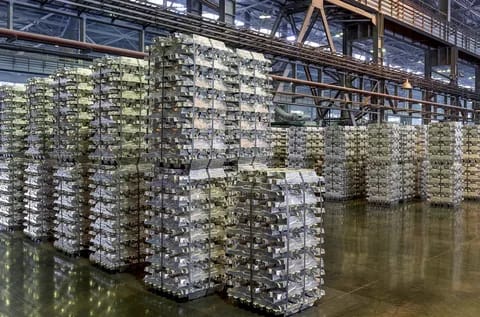 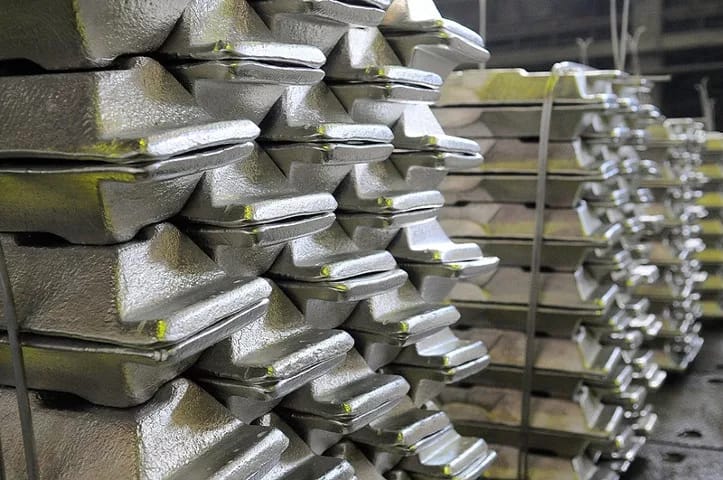
Aluminium Rods photo:
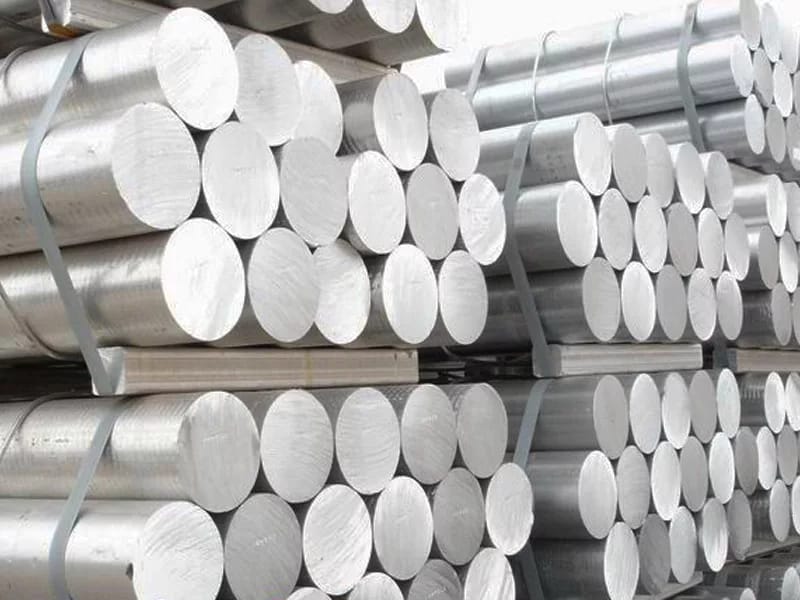
Aluminium Coil photos:
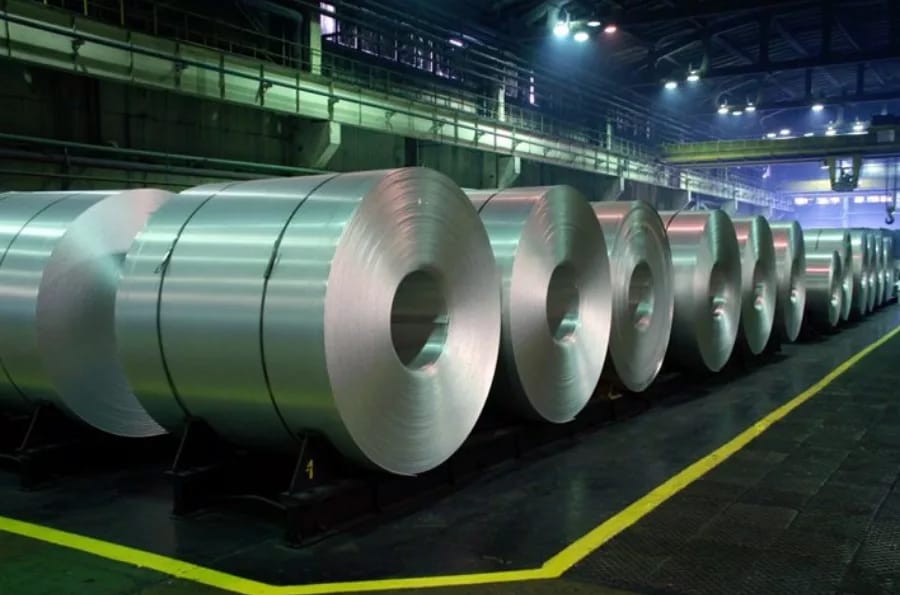 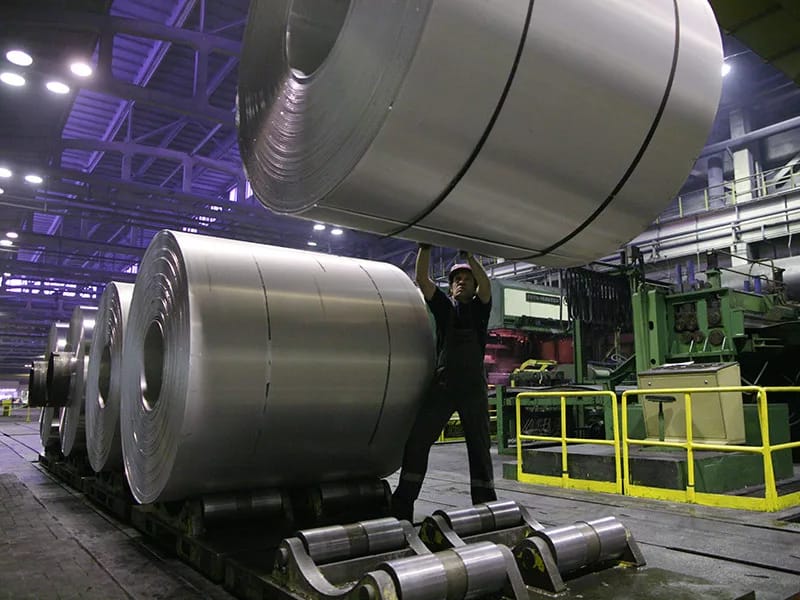
Aluminium panel photo:

Applications
Aluminium is the most abundant metallic element found in the earth's crust and the most widely used nonferrous metal. The global production of aluminium in 2016 was 58.8 million metric tons. It exceeded that of any other metal except iron (1,231 million metric tons). Aluminum has high electrical conductivity (fourth best after silver, copper, and gold), high strength and reflectivity (has replaced silver for 'silvering' mirrors). Mixed-size aluminium particles, flakes, and curls are used in fireworks to generate long-lasting sparkle effect..
Aluminium is used in:
- Transportation (automobiles, aircraft, trucks, railway cars, marine vessels, bicyles, spacecraft, etc.). Aluminium is used because of its low density;
- Packaging (cans, foil, frame etc.). Aluminium is used because it is non-toxic, non-adsorptive and splinter-prooff;
- Building and construction (windows, doors, siding, building wire, sheathing, roofing, etc.). Since steel is cheaper, aluminium is used when lightness, corrosion resistance, or engineering features are important;
- Electricity-related uses (conductor alloys, motors and generators, transformers, capacitors, etc.). Aluminium is used because it is relatively cheap, highly conductive, has adequate mechanical strength and low density, and resists corrosion;
- A wide range of household items, from cookng utensils to furniture. Low density, good appearance, ease of fabrication, and durability are the key factors of aluminium usage;
- Machinery and equipment (processing equipment, pipes, tools). Aluminium is used because of its corrosion resistance, non-pyrophoricity, and mechanical strength.
The history of aluminium has been shaped by usage of alum. The first written record of alum, made by Greek historian Herodotus, dates back to the 5th century BCE. The ancients are known to have used alum as a dyeing mordant and for city defense. After the Crusades, alum, an indispensable good in the European fabric industry, was a subject of international commerce; it was imported to Europe from the eastern Mediterranean until the mid-15th century. The nature of alum remained unknown. Around 1530, Swiss physician Paracelsus suggested alum was a salt of an earth of alum. In 1595, German doctor and chemist Andreas Libavius experimentally confirmed this. In 1722, German chemist Friedrich Hoffmann announced his belief that the base of alum was a distinct earth. In 1754, German chemist Andreas Sigismund Marggraf synthesized alumina by boiling clay in sulfuric acid and subsequently adding potash.
Attempts to produce aluminium metal date back to 1760. The first successful attempt, however, was completed in 1824 by Danish physicist and chemist Hans Christian Ørsted. He reacted anhydrous alumnium chloride with potassium amalgam, yielding a lump of metal looking similar to tin.He presented his results and demonstrated a sample of the new metal in 1825.In 1827, German chemist Friedrich Wohler repeated Ørsted's experiments but did not identify any aluminium. (The reason for this inconsistency was only discovered in 1921.) He conducted a similar experiment in the same year by mixing anhydrous aluminium chloride with potassium and produced a powder of aluminium. In 1845, he was able to produce small pieces of the metal and described some physical properties of this metal. For many years thereafter, Wohler was credited as the discoverer of aluminium.
Aluminium is almost always alloyed, which markedly improves its mechanical properties, especially when tempered. For example, the common aluminum foils and beverage cans are alloys of 92% to 99% aluminium. The main alloying agents are copper, zinc, magnesium, maganese, and silicon (e.g. duralumin) with the levels of other metals in a few percent by weight.
Compounds
The great majority (about 90%) of aluminum oxide is converted to metallic aluminium.Being a very hard material (Mohs hardness 9) alumina is widely used as an abrasive; being extraordinarily chemically inert, it is useful in highly reactive environments such as high pressure sodium lamps. Aluminium oxide is commonly used as a catalyst for industrial processes; e.g. the Claus process to convert hydrogen sulfide to sulfur in refineries and to alkylate amines. Many industrial catalysts are supported by alumina, meaning that the expensive catalyst material is dispersed over a surface of the inert alumina. Another principal use is as a drying agent or absorbent.
Several sulfates of aluminium have industrial and commercial application. Aluminium sulfate (in its hydrate form) is produced on the annual scale of several millions of metric tons. About two-thirds is consumed in water treatment.The next major application is in the manufacture of paper. It is also used as a mordant in dyeing, in pickling seeds, deodorizing of mineral oils, in leather tanning, and in production of other aluminium compounds.Two kinds of alum, ammonium alum and potassium alum, were formerly used as mordants and in leather tanning, but their use has significantly declined following availability of high-purity aluminium sulfate.Anhydrous aluminium chloride is used as a catalyst in chemical and petrochemical industries, the dyeing industry, and in synthesis of various inorganic and organic compounds. Aluminium hydroxychlorides are used in purifying water, in the paper industry, and as antiperspirants. Sodium aluminate is used in treating water and as an accelerator of solidification of cement.
Many aluminium compounds have niche applications, for example:
- Aluminium acetate in solution is used as an astringent.
- Aluminium phosphate is used in the manufacture of glass, ceramic, pulp, and paper products, cosmetics, paints, varnishes, and in dental cement.
- Aluminium hydroxide is used as an antacid, and mordant; it is used also in water purification, the manufacture of glass and ceramics, and in the waterproofing of fabrics.
- Lithium aluminium hydride is a powerful reducing agent used in organic chemistry.
- Organoaluminiums are used as Lewis acids and cocatalysts.
- Methylaluminoxane is a cocatalyst for Ziegler-Natta olefin polymerization to produce vinyl polymers such as polyethene (PE), the most common plastic..
- Aqueous aluminium ions (such as aqueous aluminium sulfate) are used to treat against fish parasites such as Gryodactylus salaris.
- In many vaccines, certain aluminium salts serve as an immune adjuvant (immune response booster) to allow the protein in the vaccine to achieve sufficient potency as an immune stimulant.
Electron Shell Configuration:
References:
Wikepedia, https://en.wikipedia.org/wiki/Aluminium
Theodore Gray's Elements Vault |
